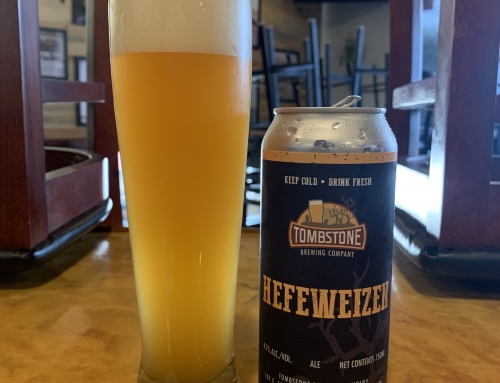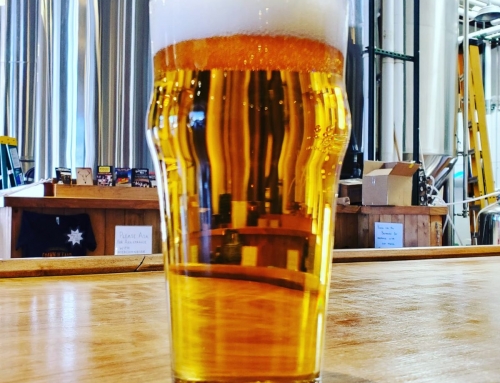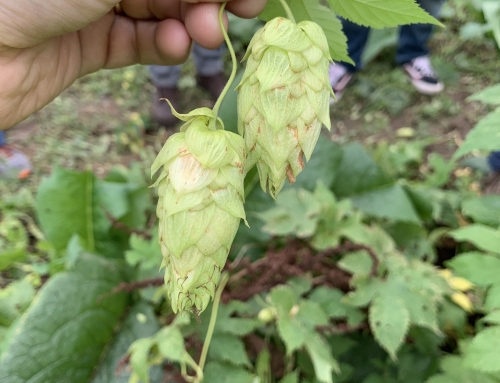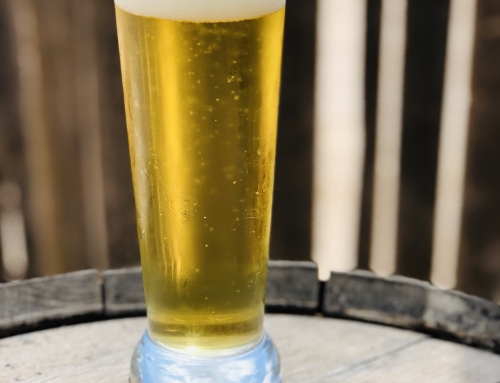Ever since we opened, I’ve been telling people that even though we brew so many IPA’s, I hate the idea of being thought of as an IPA only brewery. It seems like lately we’ve been just cranking out the hazy IPA’s and it has definitely been fun experimenting with different flavors we can get, but it’s been forever since we’ve brewed an Imperial Stout.
I always think about how homebrewers brew whatever it is they want to drink. I think when I first started brewing commercially I was in the crowd of brewers that said I would brew beers the way I wanted to drink them and that the sales would come along from the niche drinkers that want well balanced, drinkable beers, but the truth is, after a while that gets kind of boring… There is no challenge there. In the last sixteen months, I think I’ve stuck to my guns a little bit too much from time to time when it comes to my stout recipes. My preference has always been to have an Imperial Stout that is complex and chocolatey, but still well balanced. While our stouts are generally given good remarks and compliments, it is clear that I’m not brewing what gets people excited like we’ve been able to do with IPA’s. So in a similar fashion to our IPA project of getting those beers dialed in exactly the way our customers wanted them and maximizing every aspect that we could quantify, today I set out to begin a series of Imperial Stouts with a few things in mind.
It has become very obvious that in the last couple of years, the stout enthusiasts are after the biggest, thickest mouthfeel that they can get. Some of the beers that have received the most praise in the last year or so have been imperial stouts that have a terminal gravity higher than a lot of beers starting gravity. In addition, just like IBU levels in IPA’s, the amount of bitterness in stouts has been on the decline. In fact, when I first started brewing at home, the advice on all the homebrew forums for imperial stouts was to mash at a low temperature, use a bunch of roasted barley, small amounts of multiple types of caramel malts, and use enough hops to get to 100 IBU’s. That’s not too different from the way that I’ve continued to brew stouts up until today. As I reached the realization that my stout recipes might be a bit dated, I decided that it was time to go in a different direction.
Today, I brewed the biggest beer that I have brewed as a commercial brewer. I loaded the mashtun up with the most flavorful English malts we can get, included a ton of chocolate malt, and other specialty grains that would give a high percentage of unfermentable sugars, mashed at a high temperature, and boiled the wort for four hours. For the yeast, I used a very flavorful English Ale yeast with a low attenuation rate, and used a slightly low pitching rate and high aeration rate to maximize the fruity esters that this strain is known for.
Half of this batch is going into calvados and rum barrels for our barrel society and the rest will be limited to draught only. This beer is going to be the thickest, chewiest stout I have brewed and I can’t wait to taste the final product. Even though this was the biggest beer I’ve brewed to date, I couldn’t help myself from thinking the whole time about how to go to yet another level next time. This is going to be a fun evolution of ridiculous imperial stouts in the next few months!





Leave A Comment